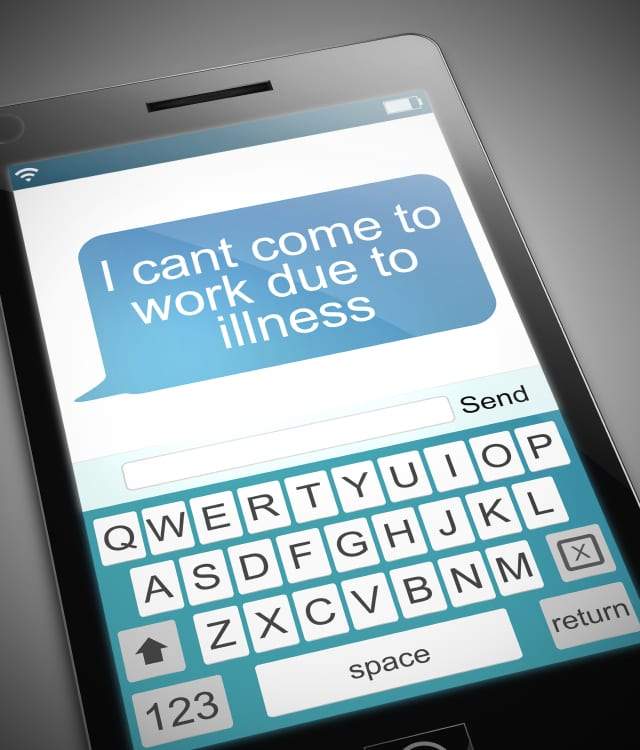With lockdown measures already relaxed in England, Wales and Northern Ireland, and Scotland due to announce its plan to come out of lockdown on Thursday 21 May 2020, many Employers are starting to plan for ending furlough, but what steps do Employers need to take?

What Employers Need to Know
Before ending furlough Employers will first need to undertake a risk assessment to ascertain what changes in work practices might be necessary to comply with new health and safety requirements. Where changes to work practices are necessary to comply with health and safety requirements, Employers will need to consult with the affected employees.
Employees not in groups represented by a trade union must be provided with information and consulted under the Health and Safety (Consultation with Employees) Regulations 1996 (SI 1996/1513) (Consultation with Employees Regulations), either through elected representatives or directly.
With the furlough scheme being extended to the end of October 2020, Employers now have more time to assess their staffing requirements and determine when they may wish to end furlough and how this might look operationally. Ending furlough will look different for each employer; some will expect employees to return to their place of work when furlough ends whereas others may introduce home working initially and adopt a phased approach for employees returning to the workplace.
Whether the employer can dictate the end of furlough will depend on what has been explicitly or implicitly agreed between the parties. However, the absence of an explicit right to bring furlough to an end and require employees to return to work is unlikely to be an issue in most cases because employees are likely to be in receipt of less pay while they are furloughed and may be eager to return to work given the difficulties in securing alternative employment while the COVID-19 crisis continues.
An employer should give any required period of notice specified in the furlough agreement. If no period of notice was specified, the employer should aim to give reasonable notice, depending on the particular circumstances of both the employer and the employee.
The Acas guidance states that there is no minimum period for furlough, but employers should talk to staff about any plans to end furlough as early as possible and encourage staff to raise any concerns or problems about returning to work. Employees and workers should be ready to return to work at short notice, but employers should be flexible where possible.
Support for Employers
If you are an Employer and require advice and support on the various steps you need to take to end furlough correctly, call us now on 0800 612 4772 or Contact us via our website and we will set out a clear, step by step plan you can follow to to help ensure you comply with your legal obligations.
 Advice on Settlement Agreements Employees
Advice on Settlement Agreements Employees Advice on Settlement Agreements Employers
Advice on Settlement Agreements Employers











